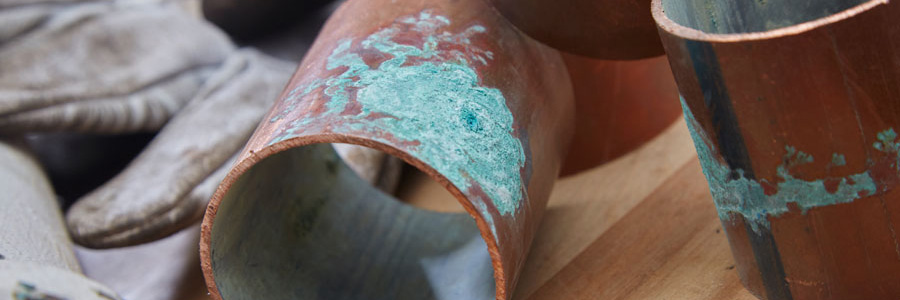Lead and Copper Contamination Plaguing Detroit Schools
Copper piping is a go-to material for many plumbers and builders. But before specifying, it’s important to consider the health and safety aspects of each piping system; many pros don’t realize the risk of corrosion posed by copper and other metallics—factors that can lead to failures and even health concerns down the road.
The issue is currently top of mind in Detroit, where officials recently shut down drinking water throughout the school system after elevated levels of copper and lead were detected at nearly a third of the city’s facilities, USA Today reported.
“Both lead and copper leach into drinking water primarily through corroded pipes and other plumbing fixtures, according to the federal Environmental Protection Agency,” the newspaper said. “Health problems can range from stomachaches to brain damage.”
Indeed, modern testing procedures tell us copper isn’t the long-term solution we thought it was decades ago. While copper is highly durable compared to other metal piping, it breaks down with extended use. Corrosion occurs over time, eventually leading to pinhole leaks and big problems for facility managers.
Along with copper leaching into the drinking water, this phenomenon can lead to surface roughness, which can cause pressure drop and make the pipes more prone to biofilm growth that can harbor bacteria such as legionella.
Corzan CPVC pipe and fittings are immune to corrosion. That means no callbacks resulting from pinhole leaks or pitting—regardless of water quality. Copper pipe scales over time. Such scale buildup drastically reduces water flow and eventually creates the need to fully replace the copper system. Corzan CPVC never scales and provides maximum water flow throughout the life of the system.
Read more about Corzan CPVC's benefits for education projects. To discuss using CPVC for your next project, contact your Corzan representative today.

